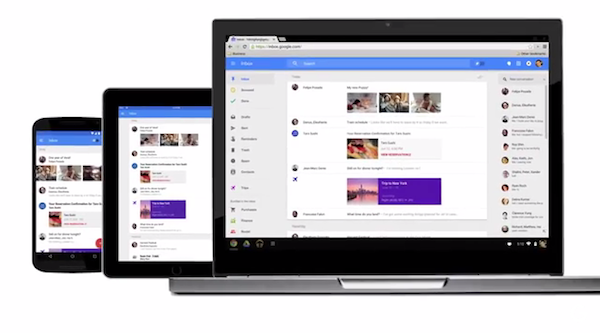No more Gmail on Windows XP as of this year: will you upgrade your PC?

Google has been putting it off long enough, and now it’s finally happening: Gmail will stop working on versions of Google Chrome running on Microsoft Windows XP.
The official word is that effective December, Gmail will only be available in its basic HTML version, on Chrome version 55 and prior, as those versions of Chrome contain considerable security risks. Also, the HTML-only version of Gmail is considered a fall-back only, and should not be used if privacy and security are a concern.
Microsoft has completely ended support of Windows XP for years, but the vintage operating system (if such thing should exist), still holds a moderate, albeit shrinking, fanbase.
A small number of users still run Windows Vista as well, which is another operating system on which Google Chrome is no longer supported.
Using Gmail on an unsupported browser, running on an unsupported operating system may not seem like a big deal to some, but in a world where fast wireless networks represent the majority of how computer users connect to the Internet (at least as far as desktop users are concerned), connecting to a shared wireless network from an unsupported operating system means putting at risk all connected devices to that network, as modern cyber-security threats can easily find safe passage into a network through the weakest system, and gain increased control of that network.
Many systems responsible for ransomware attacks to entire internal networks, have been known as running outdated software, or unsupported/outdated operating systems. Considering that more than 50% of US businesses have been hit, in one way or another, by ransomware attacks, it’s important to consider the high cost of running an outdated system, versus the cost of upgrading to a new system that can provide an adequate level of security, not onlyt for itself, but for all systems connected to it.
There is a misconception about older systems being too old to upgrade to a newer operating system, which may be true when it comes to Windows 7, or Windows 8, but Windows 10 has actually been proven to run quite well on old PCs, many of which are considered largely obsolete.
The requirements for running Windows 10 are quite modest. At its most basic, a 1GHz CPU, with 2GB or RAM, and a 20GB hard drive, with a basic video card capable of supporting DirectX 9 with a WDDM driver.
This will ensure proper operations, and a much higher standard of security, with Microsoft’s own built-in, and free, security suite, Windows Defender.
Ready to shop?
PortableOne has the best deals on Windows 10 Pro laptops, featuring the latest hardware-based security features, and full BitLocker encryption to protect your files from prying eyes.